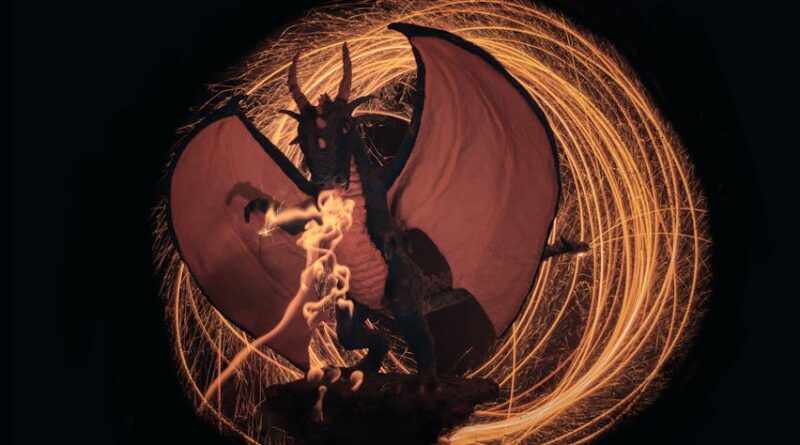The Power of Visual Storytelling
Have you ever heard the saying, “A picture is worth a thousand words”? it’s true! Visual storytelling is a powerful way to communicate ideas and emotions. In todays fast-paced world, images and videos capture our attention and convey messages more efficiently than text alone.
So, why does visual storytelling matter? Lets explore this fascinating topic and discover how it can help businesses, brands, and individuals connect with their audience.
What is Visual Storytelling?

Visual storytelling combines images, videos, and graphics to tell a story. It goes beyond mere decoration. it’s about using visuals to enhance communication. Think of it like this: when you watch a movie, the visuals help you understand the story better than just reading the script.
Why Does Visual Storytelling Work?

Visual storytelling works for several reasons:
- Humans Are Visual Learners: Studies show that our brains process images 60,000 times faster than text.
- Emotions Are Key: Visuals evoke feelings. A powerful image can ignite joy, sadness, or nostalgia.
- Attention Grabbing: In a world full of distractions, eye-catching visuals help people focus.
According to research from the Social Science Research Network, visual content is 40 times more likely to be shared on social media. This statistic highlights how important visuals are in todays communication landscape.
How Can You Use Visual Storytelling?

Now that we understand the importance of visual storytelling, lets dive into how you can harness it’s power.
1. Infographics: How Can They Help?
Infographics are a great way to present complex information simply. They combine text, images, and data in a visually appealing format. You might have seen infographics on social media or websites explaining everything from health tips to historical timelines.
Here are some tips for creating effective infographics:
- Keep it simple and focused.
- Use a clear hierarchy with headings and subheadings.
- Incorporate charts or graphs to present data.
2. Video: Why Is It So Effective?
Videos are another powerful tool for storytelling. They combine visuals, audio, and motion to create engaging narratives. Think about the videos that go viral. They often tell stories that resonate emotionally with viewers.
To create compelling videos, consider the following:
- Keep your message clear and concise.
- Use strong visuals and sound to enhance storytelling.
- Include a call to action to encourage viewer engagement.
3. Social Media: How Can You Stand Out?
With billions of social media users, visuals play a crucial role in standing out from the crowd. Posts with images receive 94% more views than those without. This shows how vital it is to use visuals to increase engagement.
Here are some social media tips:
- Use high-quality images that reflect your brand.
- Tell a story with your posts, not just sell a product.
- Engage with your audience through questions or polls.
What Are the Key Elements of Visual Storytelling?

To effectively tell a story visually, you need to focus on several key elements:
1. Characters: Who Is Your Story About?
Every story has characters. They are the heart of your narrative. Whether it’s a brand mascot or a customer testimonial, characters help your audience connect with the message.
2. Setting: Where Does the Story Take Place?
The setting provides context. It tells the audience where the story unfolds. Using relatable environments helps your audience visualize and immerse themselves in the story.
3. Conflict: What Challenge Do They Face?
Every good story has a conflict. It creates tension and keeps the audience engaged. Whether it’s overcoming a challenge or achieving a goal, conflict drives the narrative.
4. Resolution: How Does the Story End?
A satisfying resolution wraps up the story. It leaves the audience feeling fulfilled. Whether it’s a happy ending or a valuable lesson, it’s important to conclude the narrative effectively.
What Common Mistakes Should You Avoid?
Even though visual storytelling can be powerful, there are common pitfalls to watch out for:
- Overloading with Information: Too much text or too many images can confuse your audience. Aim for clarity.
- Poor Quality Visuals: Low-quality images can damage credibility. Always use high-resolution visuals.
- Ignoring Your Audience: Tailor your visuals to resonate with your target audience. Know what appeals to them.
What Tools Can Help You Get Started?
There are many tools available for creating visual content. Here are a few popular ones:
- Canva: Great for infographics and social media graphics.
- Adobe Spark: Useful for creating videos and web pages.
- Piktochart: Ideal for infographics and presentations.
These tools are user-friendly and offer templates to help you get started quickly.
What Are Some Successful Examples of Visual Storytelling?
Many brands excel at visual storytelling. Here are a couple of noteworthy examples:
- Nike: Their Just Do It campaign uses powerful imagery and emotional stories of athletes.
- <strong.Coca-Cola: They often share heartwarming stories through video ads that emphasize happiness and togetherness.
These brands show how compelling visuals can enhance their message and connect with their audience.
How Can You Measure the Impact?
Measuring the success of visual storytelling can be tricky, but it’s crucial. Here are some key metrics to track:
- Engagement Rates: Likes, shares, and comments show how viewers interact with your content.
- Conversion Rates: Track how many viewers take action after viewing your visual content.
- Traffic Sources: Analyze where your audience is coming from to see which visuals are most effective.
What Are the Takeaways?
Visual storytelling is a powerful method to engage and connect with your audience. Remember these key points:
- Use high-quality visuals that tell a story.
- Focus on characters, setting, conflict, and resolution.
- Avoid common mistakes like overloading information.
- Measure your success to improve future storytelling efforts.
As technology evolves, so does the potential for visual storytelling. Embrace this powerful tool and watch your communication skills soar!
For those looking to explore more about the impact of visuals, check out this resource from Forbes.
Are you ready to harness the power of visual storytelling? Start creating today!



